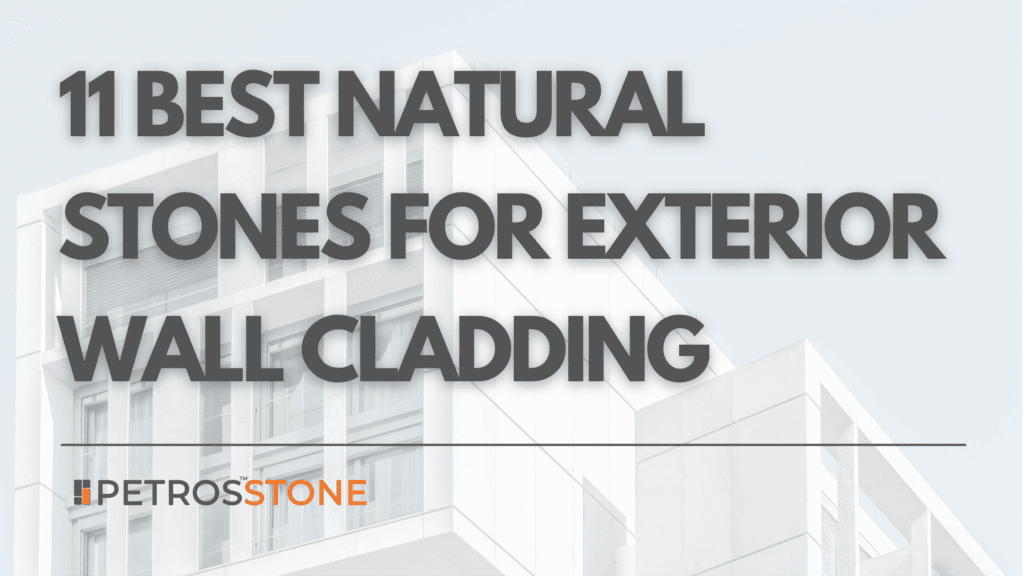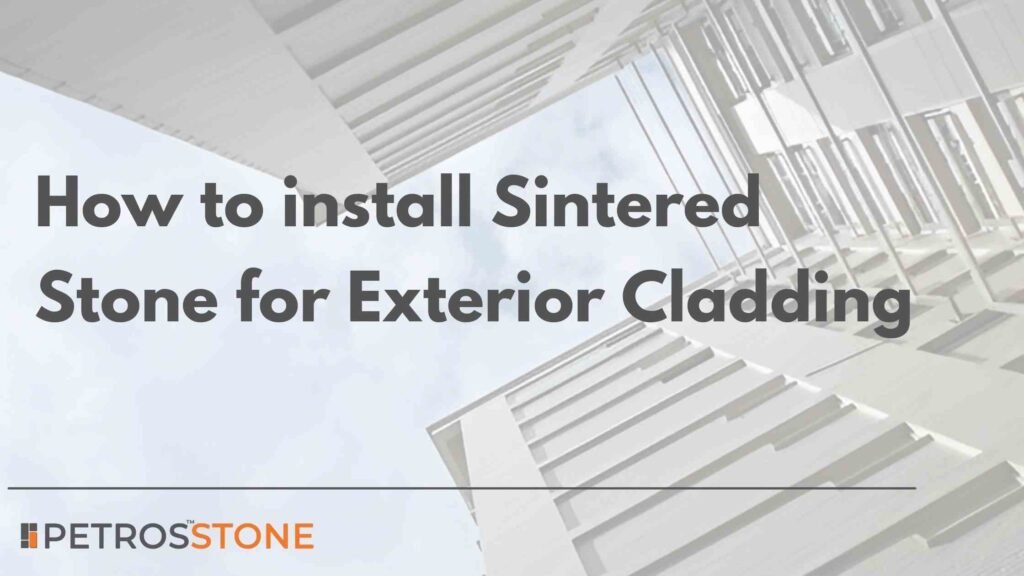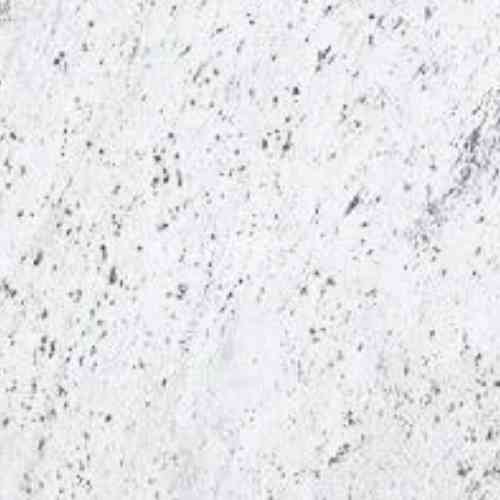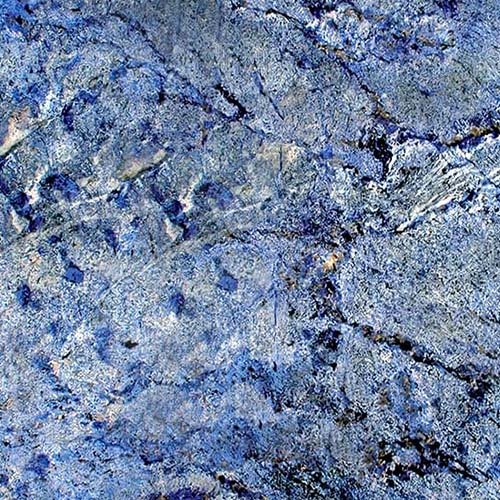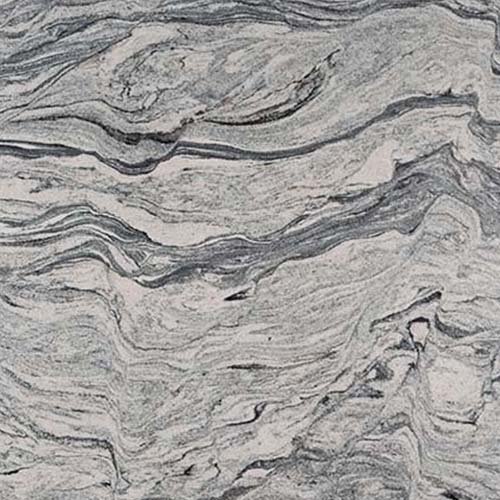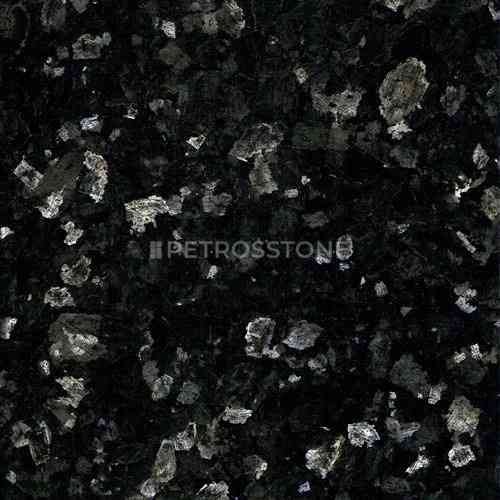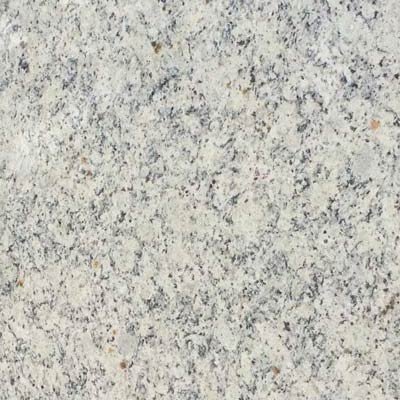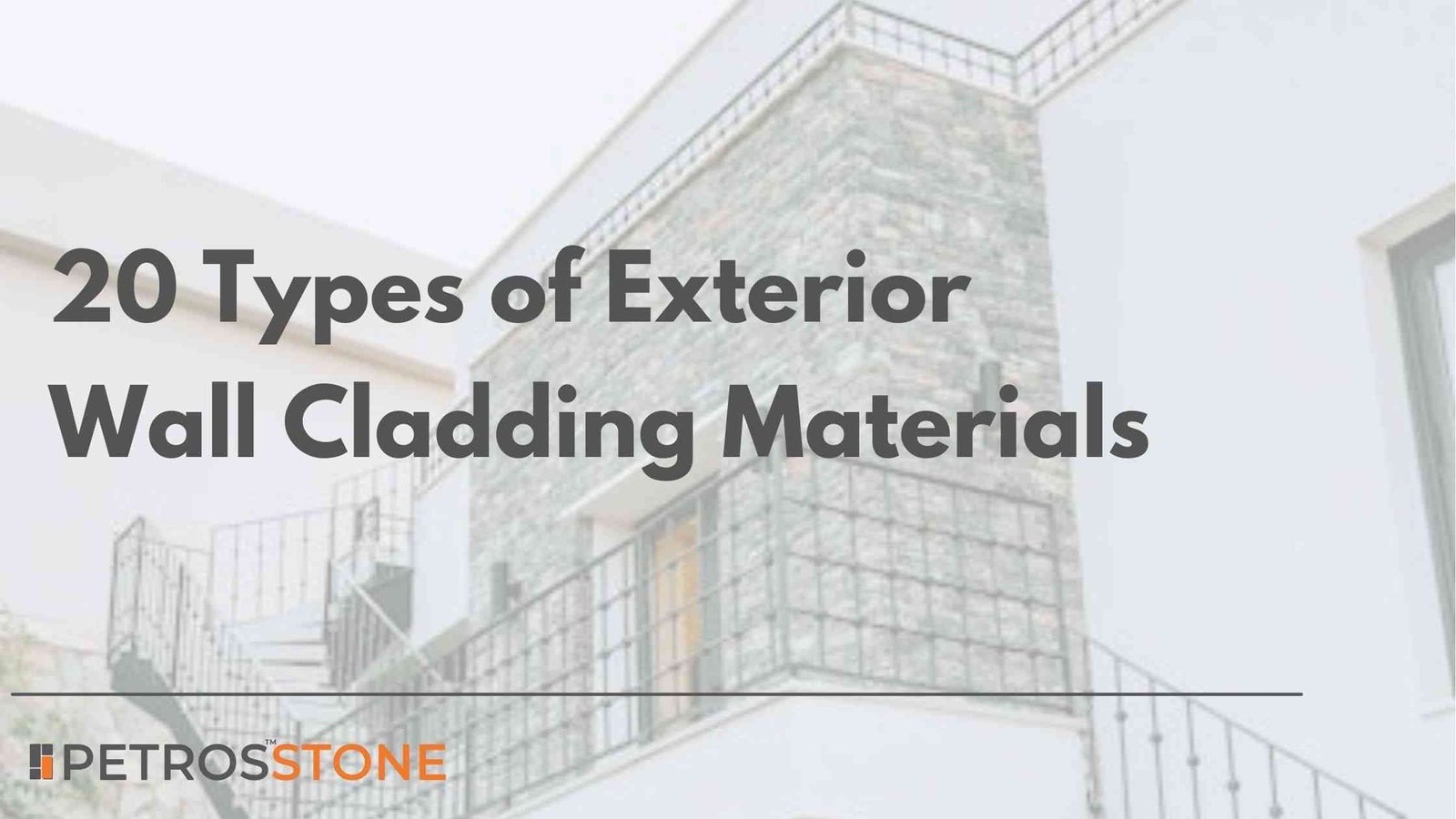
Think of cladding as the outer skin of a building. It’s the layer you see from the outside — whether that’s brick, wood, metal, stone, or some modern panel. Its job isn’t just to look nice (though it can completely transform how a building looks); it also protects the structure underneath.
Cladding helps keep out rain, wind, and harsh sunlight. Some types also add insulation, helping to keep your home warmer in winter and cooler in summer. And if you choose the right material, it can even help reduce outside noise. In short, cladding adds both protection and personality to a building.
In this article, we explore the most popular types of exterior wall cladding materials, from traditional stone and wood to cutting-edge sintered stone and eco-friendly panels. You’ll learn how each option performs in different climates, its aesthetic impact, and maintenance needs. Whether you’re planning a new construction or a renovation, this guide will help you make an informed and stylish choice.
Here’s a list of 20 Types of Exterior Wall Cladding Materials:
- Natural Limestone Cladding
- Granite Cladding
- Marble Cladding
- Brick Cladding
- Wood & Wood Composite Cladding
- Concrete Cladding/Paint Finish
- Stucco Cladding
- Aluminium Cladding
- Steel Cladding
- Sintered Stone Cladding
- Glass Cladding
- High-Quality Composite Panels (HPL)
- Fiber Cement Board Cladding
- Ceramic Tile Cladding
- Cork Cladding
- Cladding Made from Recycled Materials
- Terracotta Cladding
- Zinc Cladding
- Vinyl (uPVC) Cladding
- Veneer Panels
Importance and Benefits of Wall Cladding
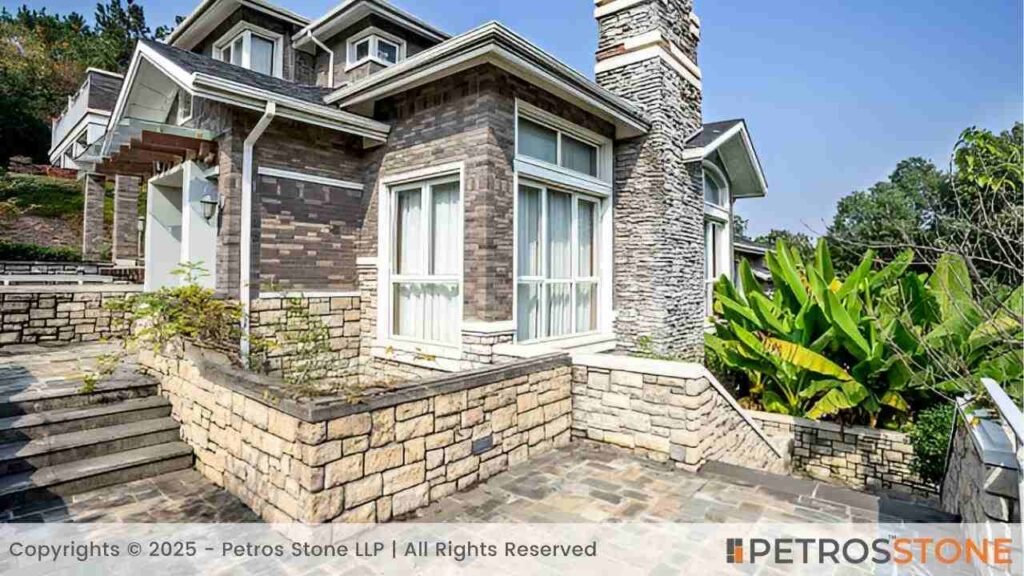
Cladding has many applications and is also excellent for decoration.
- Weather Protection: Keep the primary structure protected against wind, ice, rain, and strong sunlight.
- Insulation and Energy Efficiency: Some cladding methods improve sound and thermal insulation, lowering energy costs and noise pollution.
- Aesthetic Appeal: Contemporary glass facades, rustic stone walls or even warm wooden finishes tell various stories.
- Durability: Structural wall durability extends their life and also safeguards them from harm.
- Low Maintenance (with the right material): Many kinds of cladding require little maintenance and may also be cleaned quickly.
Factors to Consider When Choosing Cladding
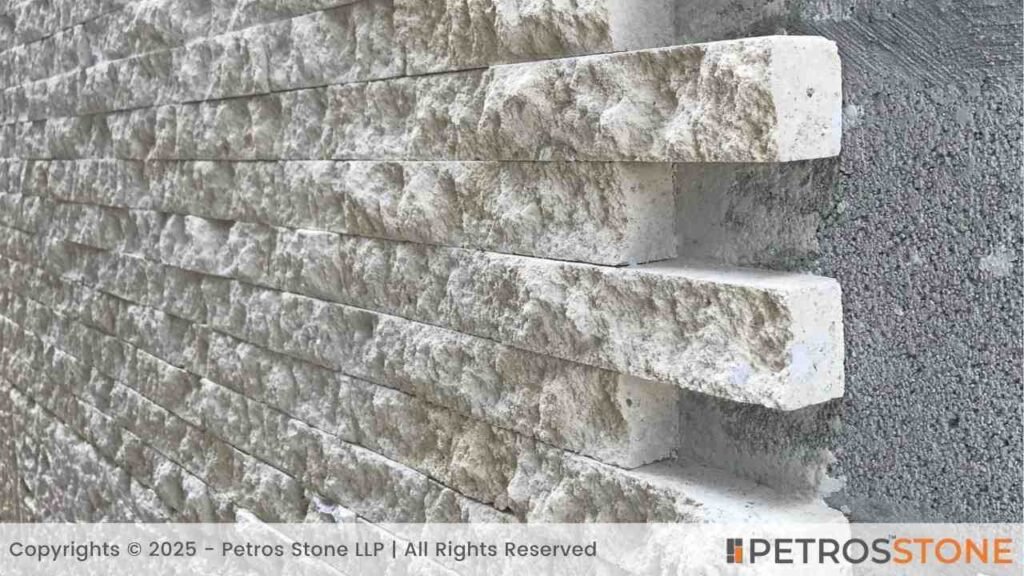
Certain materials are required for each building, and not all materials will function in every building. You ought to think about these things before deciding:
- Temperate Climate: A stucco finish, which flourishes in dry places, might crack in heavy rainfall areas.
- Cost of Natural Stone and Marble: Natural stone and marble look a lot better compared to vinyl and fiber cement, but they are not inexpensive.
- Style Preference: Glass and zinc help make traditional bricks timeless. Most aluminum panels are practically maintenance free whereas wood needs sealing periodically.
- Maintenance Needs: Alternatives to wood include bamboo, cork and recycled composites.
- Sustainability: Options include bamboo, cork, or recycled composites.
Natural Stone Cladding Materials
1. Natural Limestone Cladding
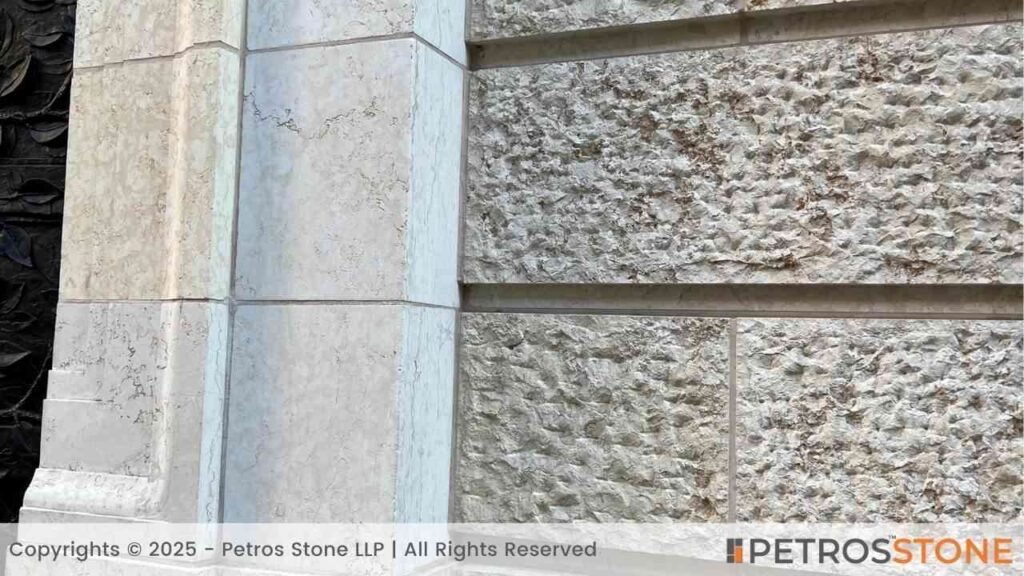
From ancient monuments to contemporary homes, limestone has been utilized in construction for hundreds of years. Its balance of practicality and elegance is the thing that causes it to be distinctive. Stone possesses a natural, subtle look that blends nicely with numerous architectural styles, unlike other familiar building materials.
Features and Advantages
- Ordinarily, smooth surfaces with bright, neutral hues (cream, beige, or light gray).
- Keeps the interior cool in warm climates by supplying excellent thermal regulation.
- It is simpler to cut and shape than granite, making it far more versatile for detailed facades.
- With time, it develops a gentle patina instead of wearing out.
Popular Applications
- Limestone can be found in both traditional and modern applications.
- Particularly luxurious villas and timeless houses have rear façades.
- Architects looking for classic appeal in public and cultural buildings.
- Used in entry cladding, wall panels, and columns to create a natural look.
Key Information
| Factor | Details |
|---|---|
| Appearance/Features | Cream, beige, light grey; smooth or honed finishes; develops patina with age |
| Durability | Moderate – softer than granite, but strong enough for most facades |
| Maintenance | Needs sealing against water; occasional cleaning |
| Best Use Cases | Villas, cultural buildings, facades, wall panels |
| Price Range | USD 0.60 – 1.70 per sq. ft. |
2. Granite Cladding
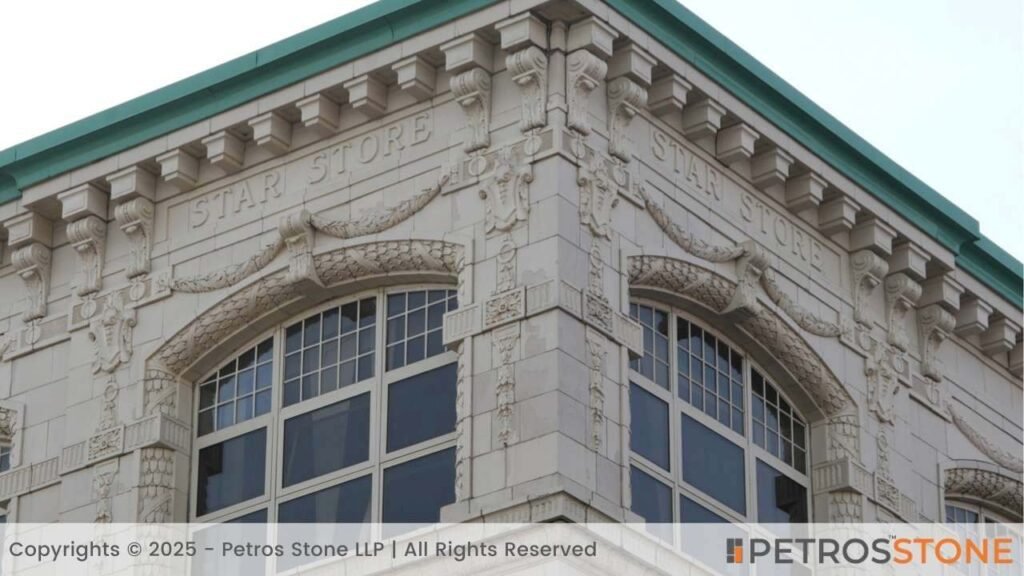
In construction, granite is often called the “King of Stones.” Among the hardest materials available, it resists scuffs, weathering and heavy use. Its durability and attractive appearance make granite popular in commercial buildings, high rises and public housing projects.
Durability and Performance
- It is weather-resistant and scratch-resistant, which makes it perfect to be used with stains and scratches.
- Able to endure environmental exposure and substantial foot traffic without fading or deteriorating.
- It is naturally water-resistant and suitable for heavy rainy areas.
Using polished finishes, honed finishes, or flamed finishes gives you different textures and looks.
Where to Use Granite
- Granite cladding is an investment.
- Skyscrapers and corporate offices often use granite.
- Public buildings like airports, shopping malls, and others receive heavy traffic.
- The outside facades of modern residential towers and high-end villas are often sleek and stylish.
Notable Examples
- In New York City, the Empire State Building utilized granite as part of its iconic façade.
- A lot of government buildings in India, along with five-star hotels, have polished red or black granite walls for a high-quality, dignified look.
- Today’s designers often use flamed granite on outside walls (with a textured matte finish) to produce a rugged, contemporary design.
Key Information
| Factor | Details |
|---|---|
| Appearance/Features | Hard, dense, polished, flamed, or honed finishes |
| Durability | Extremely high – weather, scratch & stain resistant |
| Maintenance | Very low; periodic cleaning |
| Best Use Cases | Skyscrapers, airports, malls, luxury homes |
| Price Range | USD 0.60 – 1.80 per sq. ft. |
3. Marble Cladding (Exotic)

For hundreds of years, marble represented grandeur and luxury. It turned ordinary walls into artful spaces – from prehistoric palaces to contemporary boutique hotels. This material is usually used in very high-end residential projects because of its beauty.
Aesthetic Appeal
- The veining and natural patterns of each marble panel are different.
- The marble is available in white Carrara, black, green, and pink marble.
- Lovely reflected light gives facades a sense of sophistication and richness.
Maintenance and Care
- As it’s porous, marble should always be sealed and protected from moisture and stains.
- To keep its shine, it needs regular cleaning with neutral pH products.
- Marble weathers quickly in heavy traffic areas and is thus generally reserved for prestige projects rather than functional projects.
Unique Marble Styles for Exteriors
- Italian Carrara Marble (Italy): Classic white with black veins—elegant and timeless.
- Makrana Marble (India): The exact same type was applied to the Taj Mahal, sought after because of its pure white color.
- Rainforest Marble (India): Green or brown, having tree-like lines—dramatic and eye-catching for facades.
Marble cladding could turn into an architectural landmark if utilized with care. Picture an entry to a boutique hotel with dark forest green marble walls juxtaposed with bright lighting.
Key Information
| Factor | Details |
|---|---|
| Appearance/Features | Elegant veining (Carrara, Statuario, Rainforest, etc.) |
| Durability | Moderate – porous and softer; prestige use |
| Maintenance | High – sealing & careful cleaning needed |
| Best Use Cases | Hotels, boutique buildings, luxury residences |
| Price Range | USD 0.42 – 2.40 per sq. ft. |
Traditional Cladding Materials
4. Brick Cladding
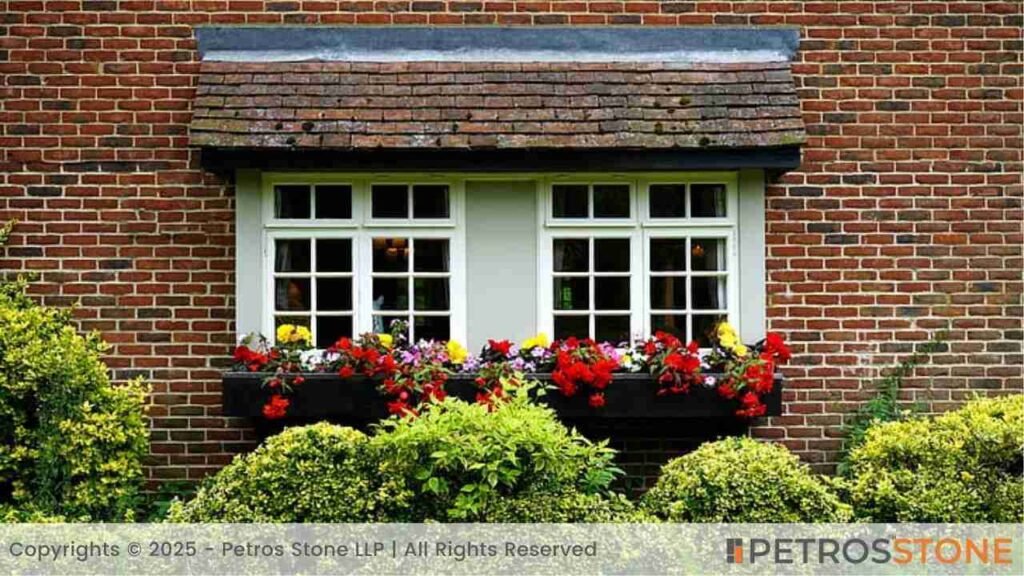
Brick is a substance that’s been around for a very long but still feels new when used in contemporary architecture. One of those materials that never goes out of style – it combines tradition with versatility. Brick cladding provides the perfect base for a structure – a sleek urban loft or perhaps a country cottage.
Timeless Appeal
- When people think of brick, they think of a sense of heritage and culture.
- Natural earth tones (reds, browns, and creams) give character that painted walls typically do not have.
- Brick slowly gets weathered and appealing rather than appearing worn out.
Modern Brick Applications
Today’s architects use brick in more creative ways than ever:
- Brick veneers (thin brick slips) appear to be a lot like full bricks, but are much lighter weight and much easier to set up.
- Brick and steel create an impressive contrast in mixed-material facades.
- Brick appears bold and contemporary, using contemporary patterns such as stacked bonds or geometric arrangements.
Pros and Cons
Like every other material, brick has its strengths and weaknesses.
- Pros: Excellent thermal mass (helps control temperature), fire resistance, long life, and low maintenance.
- Cons: Can be expensive in certain regions, installation is labor-intensive, and brick walls may need proper sealing in very wet climates to avoid moisture issues.
The exact same goes for traditional and contemporary houses and townhouses: brick cladding functions equally well in these structures. In case you would like a façade that is both resilient and welcoming, this is the very best choice.
Key Information
| Factor | Details |
|---|---|
| Appearance/Features | Red, brown, cream earthy tones; classic & modern styles |
| Durability | Very high – lasts decades |
| Maintenance | Low; sealing in wet climates recommended |
| Best Use Cases | Houses, townhouses, urban facades |
| Price Range | USD 1.20 – 3.00 per sq. ft. |
5. Wood & Wood Composite Cladding
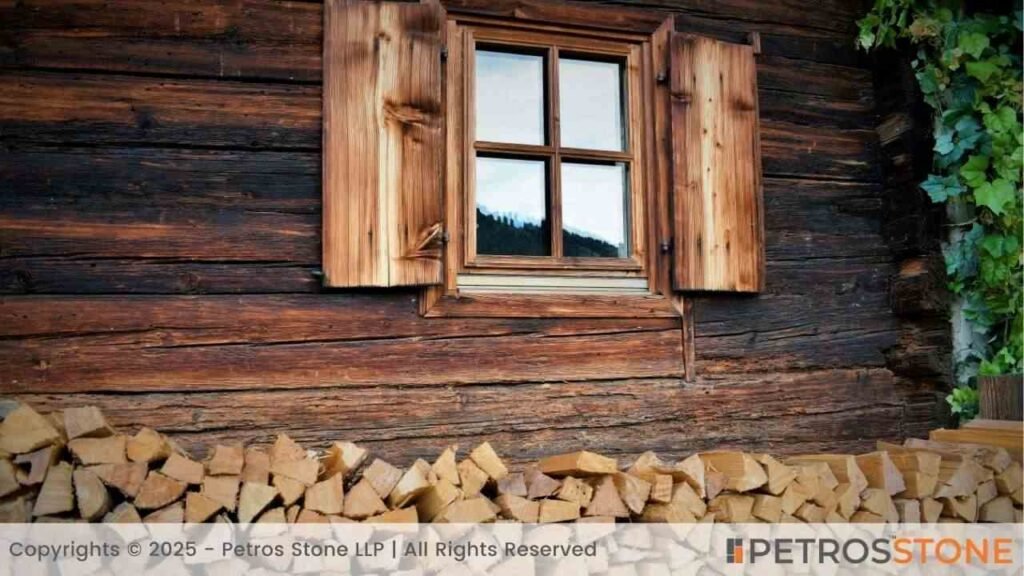
Wood has a natural charm that few other materials can match. It instantly makes a building feel warmer, more welcoming, and closely tied to nature. That’s why it’s a favorite for residential homes, resorts, and eco-friendly projects. But since natural wood requires maintenance, composites have emerged as a strong alternative.
There are a number of wood types that are used in industry.
- Cedar wood possesses a stunning red color, and it is naturally resistant to rot and insect pests.
- Teak is a preferred option for flooring in luxurious homes, as it’s an extremely durable and long-lasting product.
- Pine, much less expensive than some other trees, requires special care to ensure it grows well in various weather conditions.
- Stabilization and tenacity are much, much better with thermo-treated softwood.
Advantages of Wood Composites vs. Natural Wood
- Natural wood: It needs regular care to maintain its beauty and grain patterns. Naturally cured wood has its downsides, such as sealing and staining.
- Wood composites: Some wooden composites look like real wood. However, they are made from resins or plastics blended with wood fibers. They tend to be recycled materials.
Maintenance Tips
- If you’re using natural wood, you have to keep the surface of your wood smooth and free of cracks or fading in the sun.
- Avoid pressure washing too aggressively — it can strip away protective finishes.
- Maintenance is minimal with composites, because you usually just have to use water and soap to clean them.
A contemporary urban townhouse featuring smooth composite panels providing a smooth, wood-like finish without the maintenance may be pictured, or maybe a mountain cabin with dark cedar cladding that blends in to the forest.
Key Information
| Factor | Details |
|---|---|
| Appearance/Features | Natural, warm, eco-friendly look |
| Durability | Wood: medium (needs care) | Composite: high |
| Maintenance | Wood: high (staining/sealing) | Composite: low |
| Best Use Cases | Resorts, cottages, eco-homes, urban facades |
| Price Range | USD 2.84 – 6.81 per sq. ft. |
Cement-Based & Rendered Finishes
6. Concrete Cladding / Paint Finish

Concrete can be used for structural strength, but it can also be used to create a striking external finish. Concrete cladding possesses the contemporary, sleek appearance that modern-day structures have. The versatility of this material really makes it popular. It can be covered with paint or left raw for textured designs.
Different Finishes (Smooth, Textured, Painted)
- Contemporary urban apartments and offices typically feature smooth finishes due to their minimalist, modern appearance.
- Concrete that has been stamped, brushed, or patterned adds depth and appeal to surfaces.
- Coatings are available in nearly every color. There are weather-resistant paints for Concrete that can be coated with them. The surface is protected by this, together with the aesthetic improvements.
- Among the most important attributes to watch out for are Insulation and Durability.
- Concrete, with its superb thermal mass, absorbs heat throughout the day and gradually releases it during the evening, helping to regulate the heat in the house.
- Its capability to stand up to fire, insects, and weather conditions makes it a long-lasting and strong product.
- Concrete cladding is extremely energy efficient when it’s coupled with insulation layers.
Popular Styles
Currently, you can choose from several popular styles.
- For any brutalist or even industrial design, exposed raw concrete façades are proposed.
- For contemporary residential homes, smooth white and pastel-painted concrete panels are perfect.
- In industrial buildings, patterned precast panels add texture without putting in additional materials.
Many architects opt for concrete cladding since it has a tough and modern look to it. Its ability to oscillate between soft elegance and edgy minimalism is among its best attributes.
Key Information
| Factor | Details |
|---|---|
| Appearance/Features | Smooth, textured, painted, or raw finishes |
| Durability | High – fire resistant, tough |
| Maintenance | Low; periodic painting |
| Best Use Cases | Apartments, offices, industrial designs |
| Price Range | USD 1.44 – 3.00 per sq. ft. |
7. Stucco Cladding
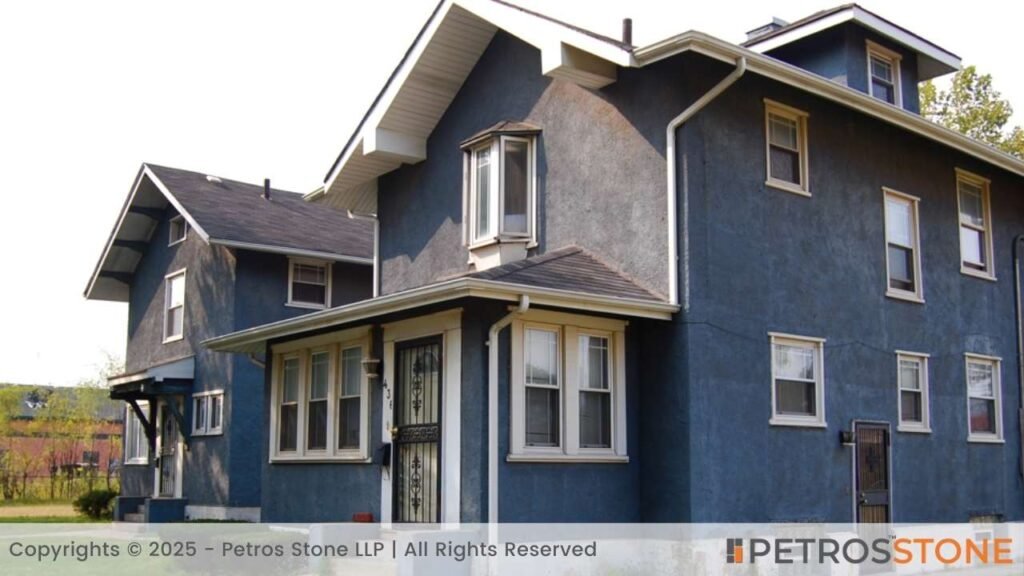
Another well-known option for cladding is stucco, which has numerous uses and is fairly cheap. The stucco is a mixture of cement, lime, sand, and drinking water that is applied directly to the outside walls of houses. In Mediterranean, Spanish, and southwestern homes, it’s particularly common.
What Is Stucco?
Basically, stucco is a plaster that solidifies into a protective layer. The layers of paint that are utilized on this surface give it a greater level of durability than some other paints. Stucco is usually made from lime, though nowadays it’s mainly produced from Portland cement, which has improved strength and longer-lasting characteristics.
Color and Texture Options
There are numerous color options and textures to choose from.
- Finished stucco may be rough or soft, with many textures.
- The material may also be tinted in the mix so that the color flows through instead of over a layer of paint. The finish is much more resistant to fading, chipping, and aging.
- From earthy tones (cream, terracotta, and beige) to more modern and daring shades.
Suitability for Climates
- This naturally resists heat and serves as an insulating material in warm, dry areas.
- Humidity or dampness will cause cracks in stucco – you have to waterproof it.
- Applied correctly with appropriate sealing, stucco may last for decades with little maintenance.
If you would like a building’s finish to have a textured appearance and an economic option, then stucco is perhaps the best option.
Key Information
| Factor | Details |
|---|---|
| Appearance/Features | Textured, colored plaster-like finish |
| Durability | High in dry climates; cracks in damp regions |
| Maintenance | Moderate – waterproofing required |
| Best Use Cases | Mediterranean, Spanish, Southwest-style homes |
| Price Range | USD 1.20 – 2.40 per sq. ft. |
Metal & Engineered Cladding Systems
8. Aluminum Cladding
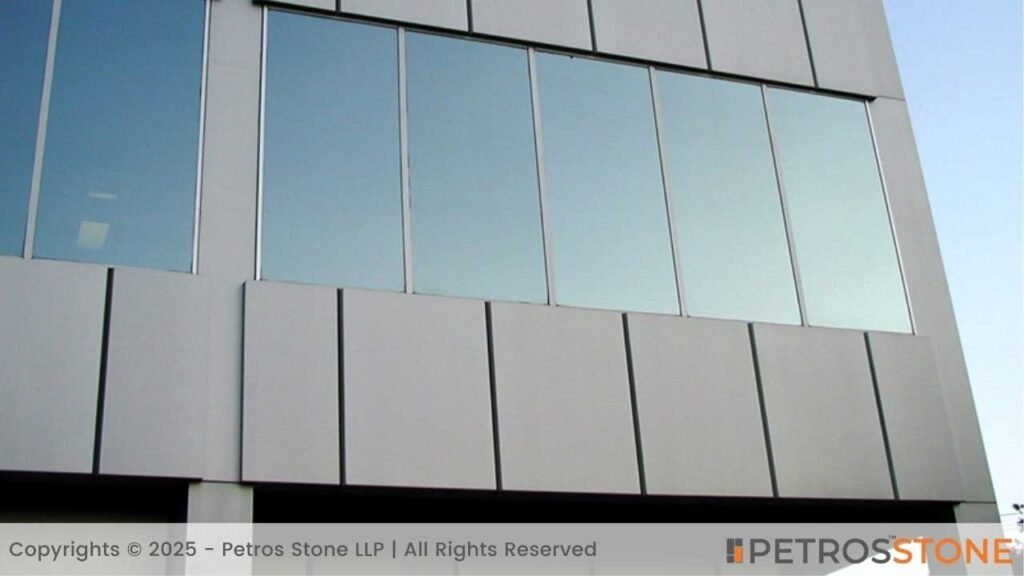
Contemporary cladding materials consist of aluminum, which has excellent strength and lightness. It is found in everything from little modular homes to sleek high-rise towers. In coastal and urban areas, it’s extremely resistant to corrosion and weathering.
Features (Lightweight, Weather-Resistant)
- Because of their lightweight nature, aluminum panels could be utilized to lessen the weight of a building.
- Even in the most moist and salty coastal regions, it is naturally resistant to rust and corrosion.
- When compared to conventional plaster, this material is low-maintenance and fire-resistant.
- It may be manufactured in complex shapes or big panels, giving architects total freedom of design.
Modern Aluminum Panel Styles
- Aluminum Composite Panels (ACP) are 2 thin Aluminum sheets bonded with a primary material, which are commonly used for facades, signage, and in walls.
- For added durability and metallic gloss, we suggest using anodized Panels.
- Powder-Coated Panels, available in many colors and finishes, from matte and gloss to textured looks.
- Perforated Panels come with stylish cutouts, which permit airflow and also allow for creative facade designs.
Eco-Friendliness and Recycling
- A sustainable option for the planet is aluminum, as it’s 100% recyclable.
- Lowering environmental impact is achieved by recycling just a tiny fraction of the energy consumed in creating new aluminum.
- For people searching for long-term sustainability, aluminum is often preferred over other green building materials.
Cladding made of aluminum is extremely contemporary and clean-looking, while also being cost-effective.
Key Information
| Factor | Details |
|---|---|
| Appearance/Features | Lightweight, sleek, metallic finish |
| Durability | Very high – corrosion resistant |
| Maintenance | Very low |
| Best Use Cases | High-rises, commercial buildings, coastal areas |
| Price Range | USD 2.40 – 5.40 per sq. ft. |
9. Steel Cladding
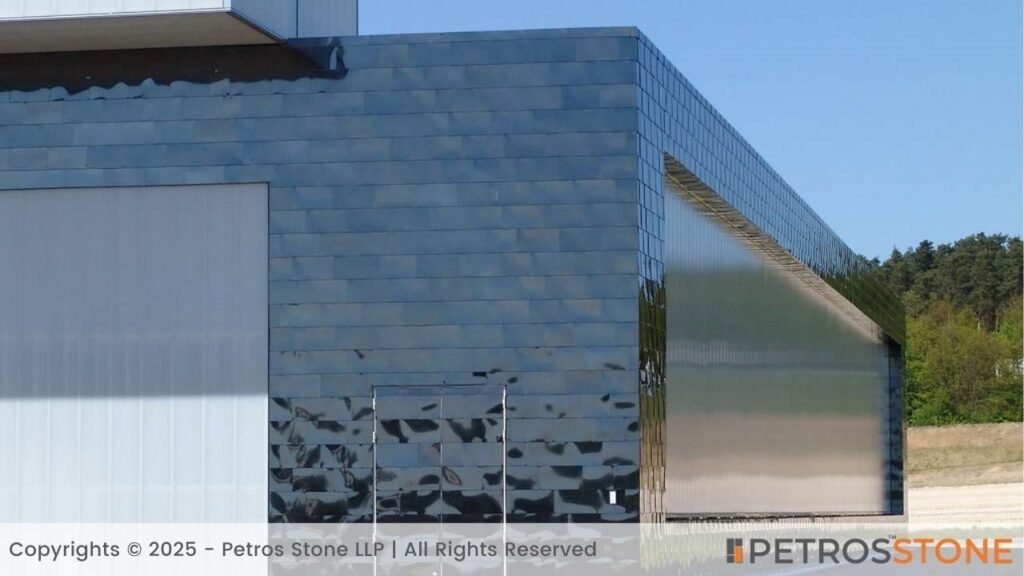
Cladding created out of steel is an extremely strong and long-lasting material. With regard to durability and toughness, steel is a terrific option. Steel is a far thicker material than aluminum and so is much better for commercial or industrial projects. Due to its bold, contemporary look, it’s also popular in contemporary residential architecture.
Comparison to Aluminum
- Strength: Steel is much stronger and more impact-resistant than aluminum.
- Weight: Heavier, which means it adds more structural load but also gives a sense of sturdiness.
- Corrosion Resistance: Needs protective coatings (like galvanization, paint, or zinc) to prevent rust, whereas aluminum naturally resists corrosion.
- Cost: Usually more affordable than aluminum, though installation can be more complex due to weight.
Longevity and Maintenance
- Steel cladding can last for several decades with the correct protective finishes.
- Stainless steel and galvanized steel are rust-resistant.
- For long-term performance, occasional inspection and cleaning of protective coatings are suggested.
Commercial and Industrial Uses
- Steel cladding is a very common material used for logistics facilities, warehouses, and industrial facilities.
- Corrugated steel is utilized for a number of uses, which include aesthetic and structural, in high-rise structures and stadiums.
Weathering steel, also known as corten steel, is a popular choice for modern homes because it eventually develops a rustic, rust-colored patina that gives it an industrial, raw look while also being weatherproof.
If you are looking for something bold yet long-lasting, steel cladding may be the best choice.
Key Information
| Factor | Details |
|---|---|
| Appearance/Features | Strong, bold, industrial finish |
| Durability | Very high – requires protective coating |
| Maintenance | Moderate – coating inspection needed |
| Best Use Cases | Warehouses, stadiums, industrial buildings |
| Price Range | USD 2.16 – 4.80 per sq. ft. |
Innovative & Contemporary Cladding Materials
10. Sintered Stone Cladding

A contemporary material known as sintered stone is created by compressing all-natural minerals at high pressure and heat. This produces a natural-looking stone surface, which is, in fact, really good at its task.
Why It Stands Out
- It’s resistant to scratches and stains, along with some other elements. It’s extremely durable and stain-resistant.
- It is weatherproof, meaning it does not fade or weaken under frost, rain, or the sun.
- It is available in big sheets with constant colors and patterns.
Applications
- On luxurious residences and industrial buildings, premium facades are utilized.
- Marble and granite projects are not just stylish; they have weaknesses, too.
Key Information
| Factor | Details |
|---|---|
| Appearance/Features | Looks like stone, very uniform, scratch-proof |
| Durability | Extremely high – UV, frost, stain resistant |
| Maintenance | Very low |
| Best Use Cases | Luxury residences, premium commercial facades |
| Price Range | USD 2.30 – 4.60 per sq. ft. |
11. Glass Cladding
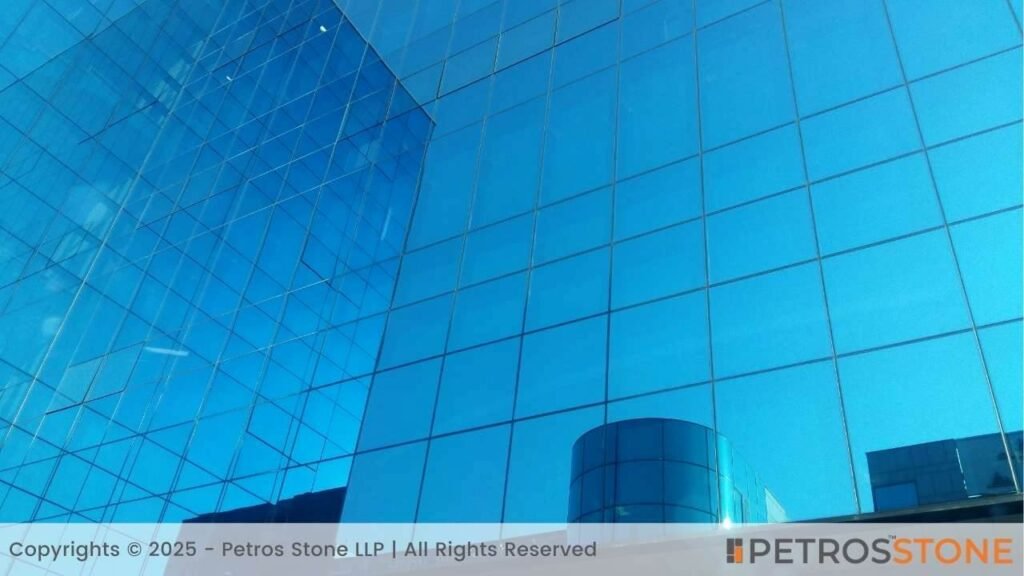
A building that is built with glass cladding has a modern, sophisticated, and stylish look to it. Due to its sleek finish and capability to bring natural light, it’s usually used in premium residences, offices, and skyscrapers.
Key Benefits
- Transparency and openness are produced.
- For extra protection, it can be laminated or tempered.
- For contrast, it works very well with stone, aluminum, or steel.
Applications
- Corporate towers possess curtain walls, which safeguard their interiors.
- In luxury apartments, you will find balconies, facades, and mixed-material designs.
Key Information
| Factor | Details |
|---|---|
| Appearance/Features | Transparent, sleek, modern look |
| Durability | High – tempered/laminated for safety |
| Maintenance | High – requires cleaning |
| Best Use Cases | Offices, skyscrapers, premium apartments |
| Price Range | USD 3.00 – 7.20 per sq. ft. |
Other Popular Exterior Cladding Materials
12. High-quality composite Panels (HPL)
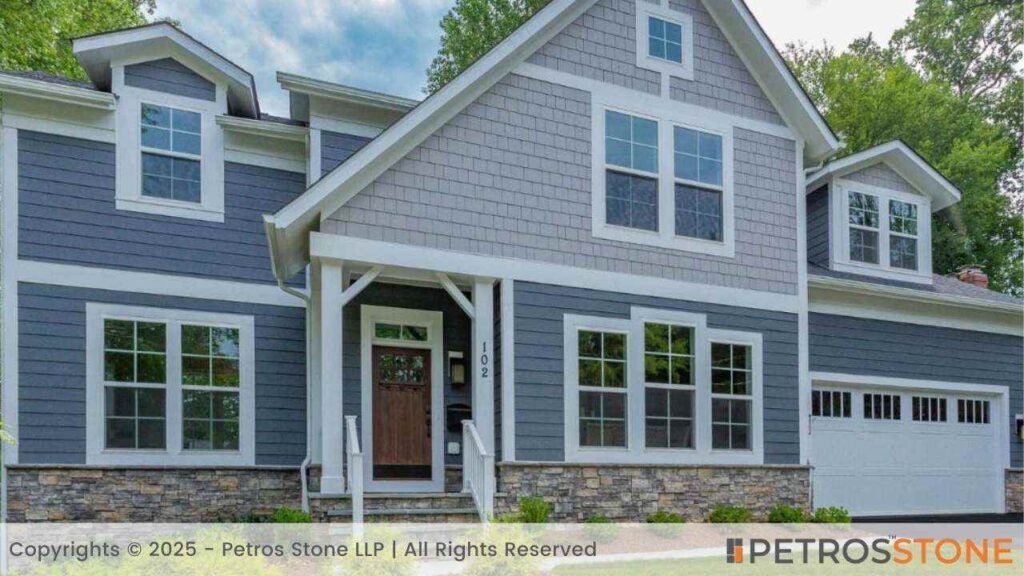
Provide a great deal of life and are available in an endless selection of finishes, from wood-like textures to bold solid colors. This style is ideal for homes, businesses, and all kinds of contemporary construction requiring minimal maintenance.
Key Information
| Factor | Details |
|---|---|
| Appearance/Features | Wood-like, textured, solid colors |
| Durability | High – weather & UV resistant |
| Maintenance | Low |
| Best Use Cases | Homes, schools, commercial projects |
| Price Range | USD 2.40 – 4.20 per sq. ft. |
13. Fiber Cement Board Cladding

A mixture of Cement and cellulose fibers, which makes it hard to stand up to the elements. It’s resistant to fire and termites, and it is ideal to be used in both industrial and residential structures.
Key Information
| Factor | Details |
|---|---|
| Appearance/Features | Matte, wood-grain, painted panels |
| Durability | Very high – fireproof, termite-resistant |
| Maintenance | Low |
| Best Use Cases | Industrial & residential facades |
| Price Range | USD 1.80 – 3.60 per sq. ft. |
14. Ceramic Tile Cladding
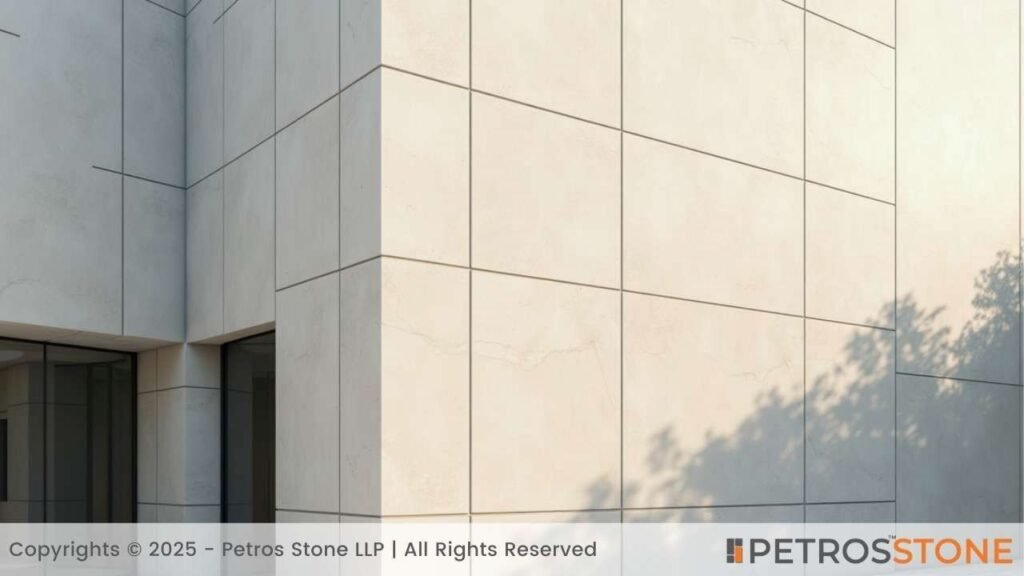
Offers vibrant patterns and smooth finishes that last for many years. Public buildings and contemporary homes frequently utilize this material for a decorative yet durable exterior.
Key Information
| Factor | Details |
|---|---|
| Appearance/Features | Glossy, matte, patterned designs |
| Durability | High – water & stain resistant |
| Maintenance | Low |
| Best Use Cases | Public buildings, modern houses |
| Price Range | USD 1.20 – 3.00 per sq. ft. |
Sustainable and Eco-Friendly Cladding Options
15. Cork Cladding
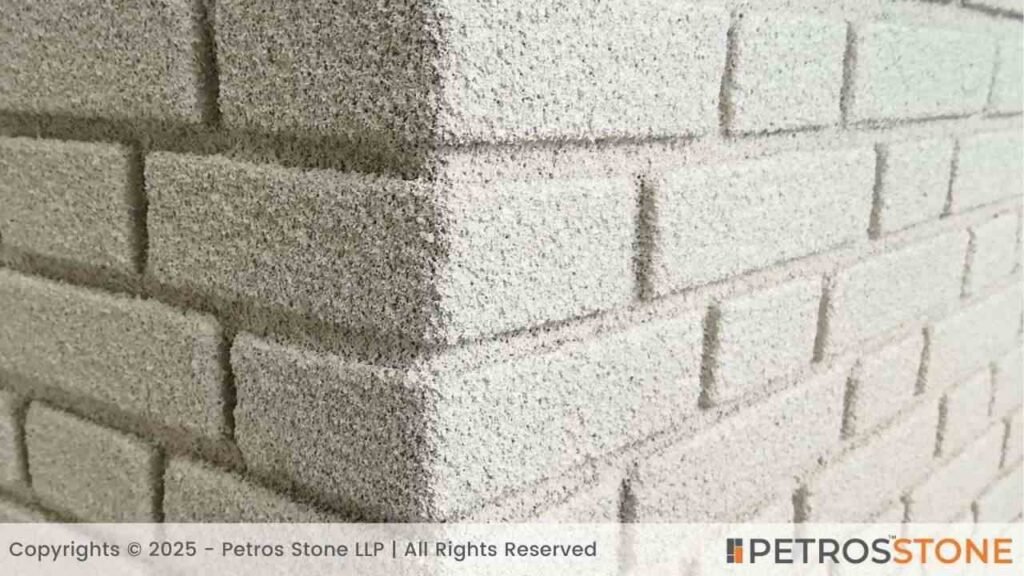
Lightweight as well as enveloping, cork provides texture and soundproofing to walls. It’s a fantastic option for green projects that focus on good design and energy efficiency.
Key Information
| Factor | Details |
|---|---|
| Appearance/Features | Natural, textured, eco-friendly |
| Durability | Moderate – good insulation but less tough |
| Maintenance | Moderate – sealing needed |
| Best Use Cases | Eco-projects, acoustic facades |
| Price Range | USD 3.00 – 4.80 per sq. ft. |
16. Cladding Made from Recycled Materials
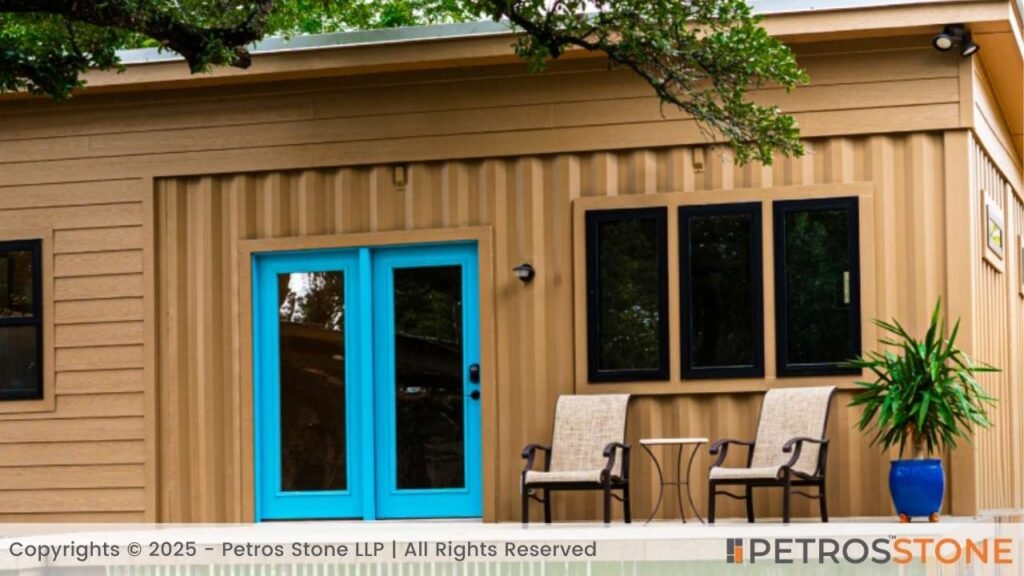
Including rubber, plastic, or composite is ideal for minimizing waste and is resilient, too.
Key Information
| Factor | Details |
|---|---|
| Appearance/Features | Made from rubber, plastic, composites |
| Durability | High – resilient & eco-friendly |
| Maintenance | Very low |
| Best Use Cases | Green buildings, sustainable homes |
| Price Range | USD 1.80 – 3.60 per sq. ft. |
17. Terracotta Cladding
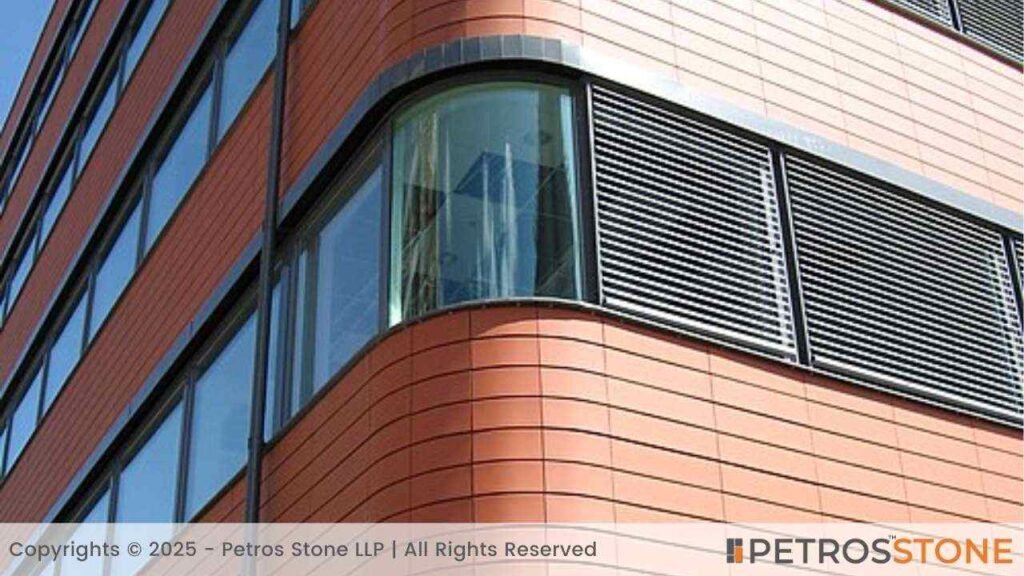
Traditional but contemporary, terracotta tiles or rainscreen solutions bring natural ventilation and earthy tones to structures.
Key Information
| Factor | Details |
|---|---|
| Appearance/Features | Earthy red, ventilated rainscreens |
| Durability | Very high – weatherproof |
| Maintenance | Low |
| Best Use Cases | Institutional, cultural & modern projects |
| Price Range | USD 3.00 – 6.00 per sq. ft. |
18. Zinc Cladding
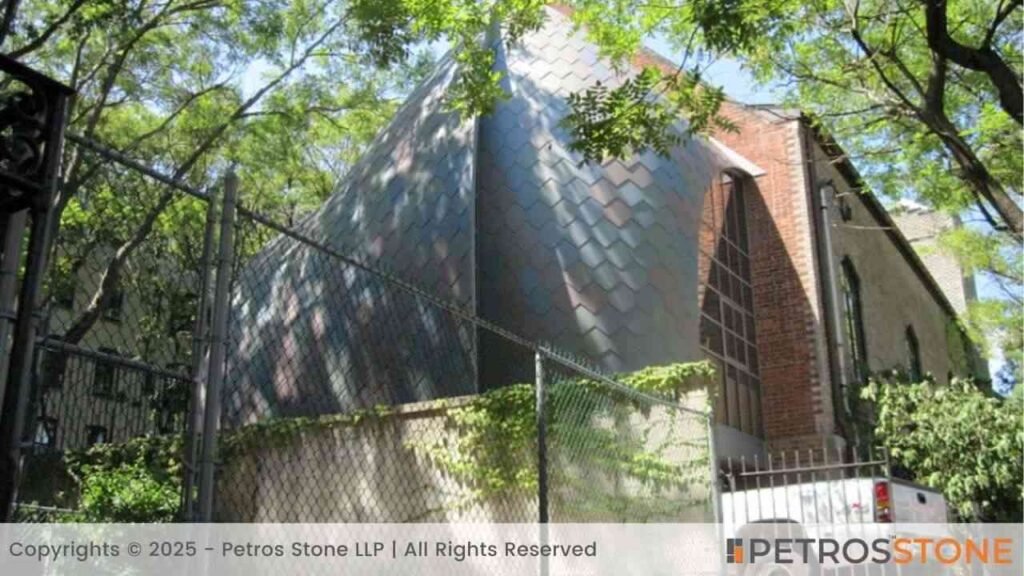
A premium selection that develops a self-healing patina as time passes. This material is ideal for long-lasting contemporary facades.
Key Information
| Factor | Details |
|---|---|
| Appearance/Features | Metallic, self-healing patina |
| Durability | Extremely high – lasts decades |
| Maintenance | Very low |
| Best Use Cases | Luxury homes, modern architecture |
| Price Range | USD 6.00 – 12.00 per sq. ft. |
19. Vinyl (uPVC) Cladding
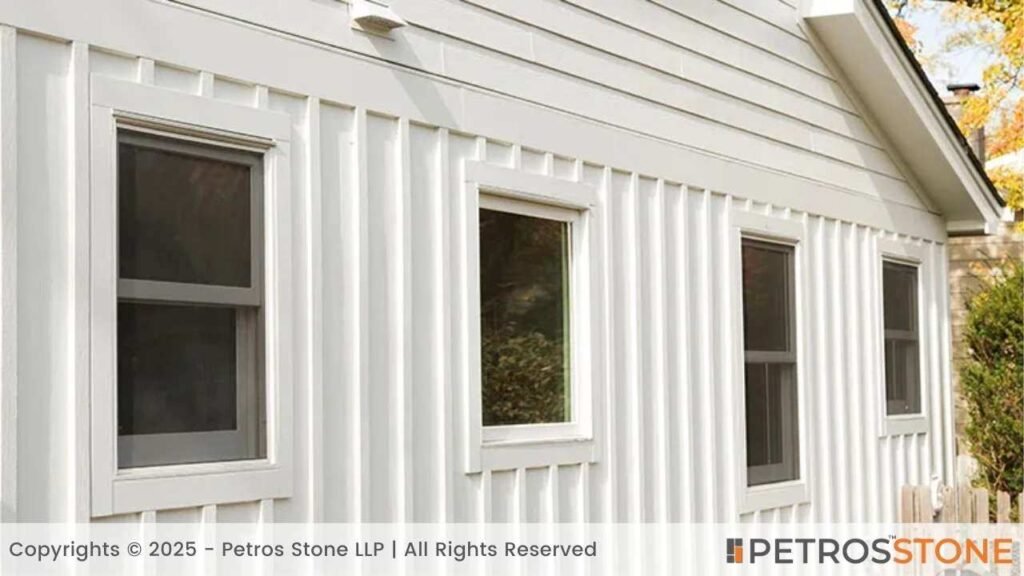
Affordable and readily available, vinyl panels tend to be low maintenance but much less durable compared to metal or stone
Key Information
| Factor | Details |
|---|---|
| Appearance/Features | Affordable, painted finishes |
| Durability | Moderate – less tough than metal/stone |
| Maintenance | Very low |
| Best Use Cases | Budget housing, quick installations |
| Price Range | USD 0.96 – 1.80 per sq. ft. |
20. Veneer Panels
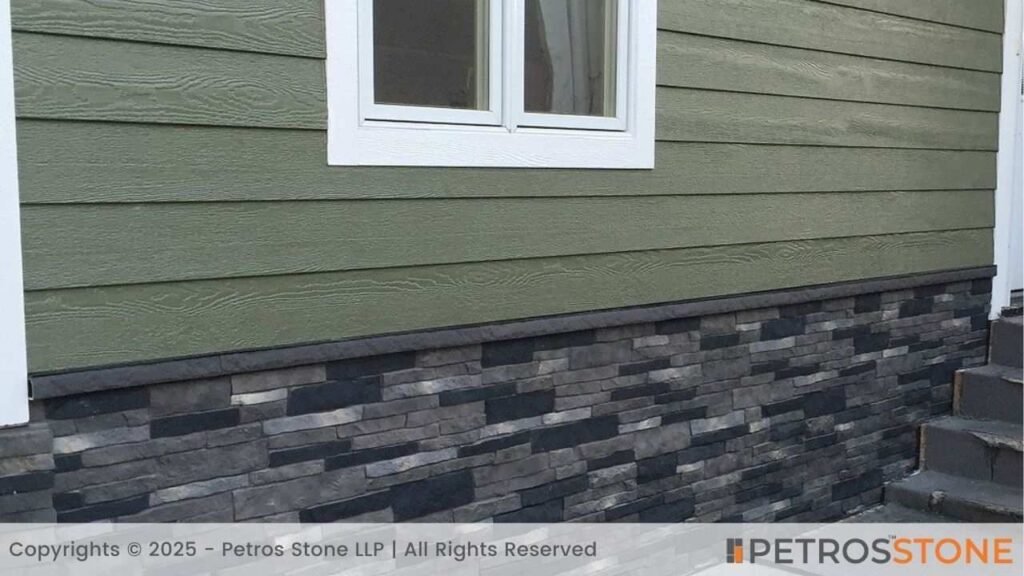
Lighter replacements for natural stone are usually less expensive compared to conventional stone panels.
Key Information
| Factor | Details |
|---|---|
| Appearance/Features | Thin stone/composite sheets; stone-look |
| Durability | Moderate – lighter, not as strong as full stone |
| Maintenance | Low |
| Best Use Cases | Cost-effective stone-look facades |
| Price Range | USD 1.44 – $3.00 per sq. ft. |
Master Comparison Table of 20 Popular Exterior Wall Cladding Materials
| # | Material | Appearance / Features | Durability | Maintenance | Best Uses | Price Range (USD/sq. ft.) |
|---|---|---|---|---|---|---|
| 1 | Limestone | Cream, beige, light grey; subtle patina | Moderate | Needs sealing | Villas, cultural facades | USD 0.60 – 1.70 |
| 2 | Granite | Polished, flamed, honed; very hard | Very High | Very Low | Skyscrapers, airports, malls | USD 0.60 – 1.80 |
| 3 | Marble | Elegant veining; prestige material | Moderate | High | Hotels, boutique projects | USD 0.42 – 2.40 |
| 4 | Brick | Red, brown, earthy tones | Very High | Low | Houses, townhouses | USD 1.20 – 3.00 |
| 5 | Wood / Composite | Natural warmth; eco-look | Wood: Medium; Composite: High | Wood: High; Composite: Low | Resorts, eco-homes | USD 2.84 – 6.81 |
| 6 | Concrete | Smooth, raw, painted, textured | High | Low | Apartments, industrial | USD 1.44 – 3.00 |
| 7 | Stucco | Textured plaster; tinted colors | High in dry areas | Moderate | Mediterranean, Spanish homes | USD 1.20 – 2.40 |
| 8 | Aluminum | Sleek, lightweight metallic | Very High | Very Low | High-rises, coastal areas | USD 2.40 – 5.40 |
| 9 | Steel | Strong, industrial bold look | Very High | Moderate | Warehouses, stadiums | USD 2.16 – 4.80 |
| 10 | Sintered Stone | Stone-look, uniform, scratch-proof | Extremely High | Very Low | Luxury facades | USD 2.30 – 4.60 |
| 11 | Glass | Transparent, sleek, modern | High | High | Offices, towers, luxury homes | USD 3.00 – 7.20 |
| 12 | HPL Panels | Wood-like or bold solid colors | High | Low | Schools, homes, offices | USD 2.40 – 4.20 |
| 13 | Fiber Cement | Matte, painted, wood-grain | Very High | Low | Industrial, residential | USD 1.80 – 3.60 |
| 14 | Ceramic Tile | Glossy, matte, patterned | High | Low | Public buildings, homes | USD 1.20 – 3.00 |
| 15 | Cork | Natural, textured, eco-friendly | Moderate | Moderate | Green projects, acoustic use | USD 3.00 – 4.80 |
| 16 | Recycled Composite | Rubber/plastic blend, eco-look | High | Very Low | Sustainable homes | USD 1.80 – 3.60 |
| 17 | Terracotta | Earthy red, ventilated rainscreens | Very High | Low | Institutional, modern projects | USD 3.00 – 6.00 |
| 18 | Zinc | Metallic, self-healing patina | Extremely High | Very Low | Luxury facades | USD 6.00 – 12.00 |
| 19 | Vinyl (uPVC) | Affordable, painted panels | Moderate | Very Low | Budget housing | USD 0.96 – 1.80 |
| 20 | Veneer Panels | Thin stone-look sheets | Moderate | Low | Cost-effective facades | USD 1.44 – 3.00 |
If you’re looking for high-quality natural stone cladding like limestone, granite, or marble, explore the exclusive collection at Petrosstone, where timeless materials meet modern design needs.
FAQs
Q1: Which cladding lasts the longest?
Zinc and granite last for several decades with very little upkeep.
Q2: Is cladding only about aesthetics?
No, additionally, it can extend the lifespan of your buildings, supply much better insulation, and also give much better weather protection.
Q3: What is the cheapest exterior cladding?
Among the cheapest choices are vinyl (uPVC) and fiber cement.
Q4: Can cladding be eco-friendly?
A lot of sustainable and long-lasting options are available, such as recycled zinc, bamboo, cork, and panels.
Summary
When thinking about exterior wall cladding, you have to take into account a number of factors, which include appearance, durability, and budget. Every material has a performance and character, from conventional stone and brick to contemporary glass and sintered surfaces. It’s crucial that the cladding blends nicely with the objective of the building, its climate, and its maintenance needs.
Key Takeaways
- Choose cladding based on climate: For example, stucco works well in dry areas, while granite and fiber cement are better for wet or cold conditions.
- Balance aesthetics with budget: You can achieve a natural stone or marble look using affordable alternatives like veneers or composites.
- Consider long-term maintenance: Natural wood and marble require more upkeep, while materials like aluminium, zinc, and composites are low-maintenance.
- Go eco-friendly when possible: Sustainable cladding options include bamboo, cork, recycled composites, and sintered stone.
- Explore modern innovations: Technologies like self-cleaning surfaces and energy-efficient cladding enhance performance and reduce costs over time.
Feel free to get in touch for a free consultation, quote, and get a detailed understanding from our experts here at Petros®. Visit https://petrosstone.com/ or call +91-8446360361 and WhatsApp

Hi, I’m Dhananjay,
With a background in architecture and years of industry experience, I share insights on materials that shape great design. At Petros® Stone, I craft content that highlights the beauty and utility of natural stone, helping architects, builders, and homeowners make informed choices while strengthening the brand’s voice and online presence.
Brown Granite
White Galaxy Granite
Blue Bahia Granite
Silver Cloud Granite
Black Pearl Granite
Dallas White Granite

